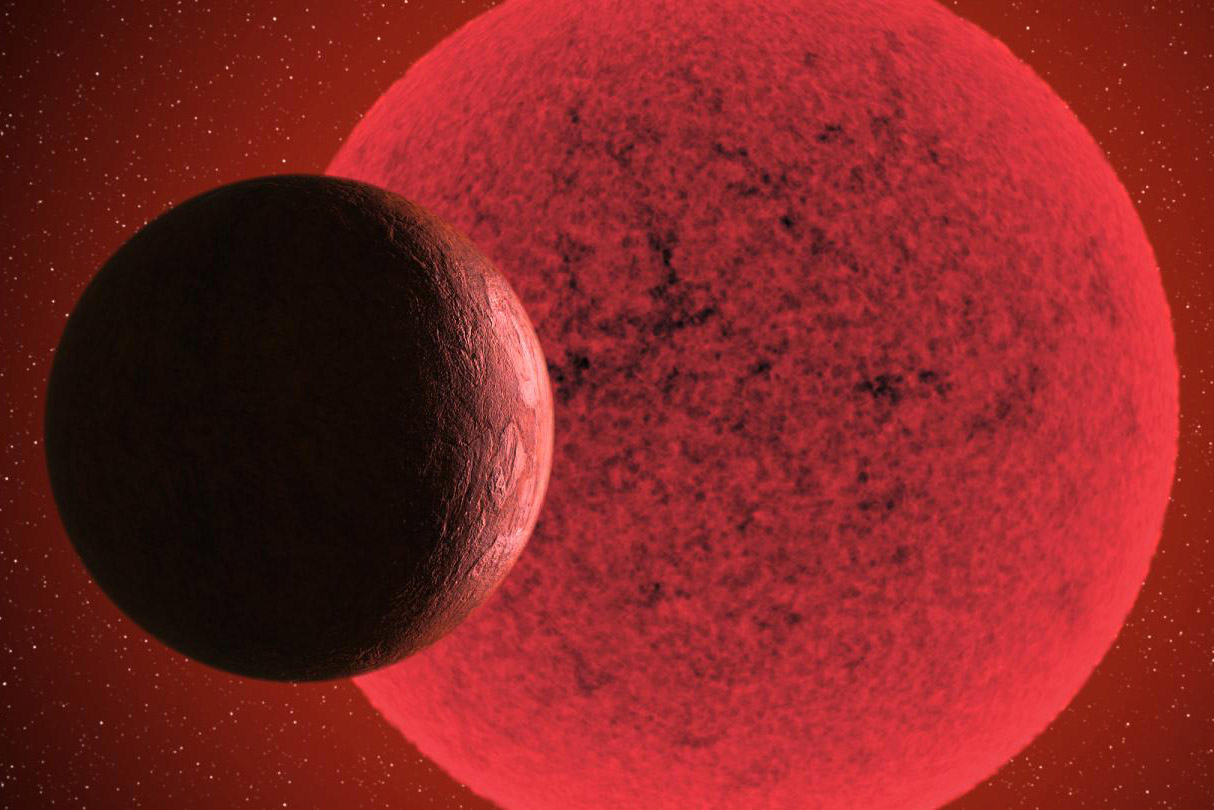
Astronomers have discovered a super-earth, named Ross 508 b, that is located close to the habitable zone of its red dwarf star approximately 36.5 light-years from Earth. It was found using the National Astronomical Observatory of Japan’s (NAOJ) Subaru Telescope in Hawaii, and since it’s 4-times the mass of our own planet, the world is most likely rocky instead of gaseous.

Ross 508 b orbits its red dwarf star every 10.75 days, but despite its relatively distance to Earth, the exoplanet cannot be seen with the naked eye. For those wondering how NASA defines ‘habitable zone’, it’s essentially the distance from a star at which liquid water could exist on orbiting planets’ surfaces. Speaking of red dwarfs, did you know that orange dwarf stars also exist? One of them, PDS 70, was spotted by the Hubble Space Telescope.
- BRIGHT, SHARP VIEWS ANYWHERE: Unlike many beginner telescopes, this quality refractor features fully coated glass lenses and a 70mm aperture for...
- PERFECT FIRST TELESCOPE FOR BEGINNERS: Designed for adults and kids to enjoy together, this beginner-friendly telescope sets up in minutes and...
- EASY NO-TOOL SETUP: No complicated assembly or tools needed. The full-height tripod and telescope tube set up in seconds and pack neatly into the...
Life on other planets might be like nothing on Earth – it could be life as we don’t know it. But it makes sense, at least at first, to search for something more familiar. Life as we know it should be easier to find. And ‘the light’s better’ in the habitable zone,” said NASA.



